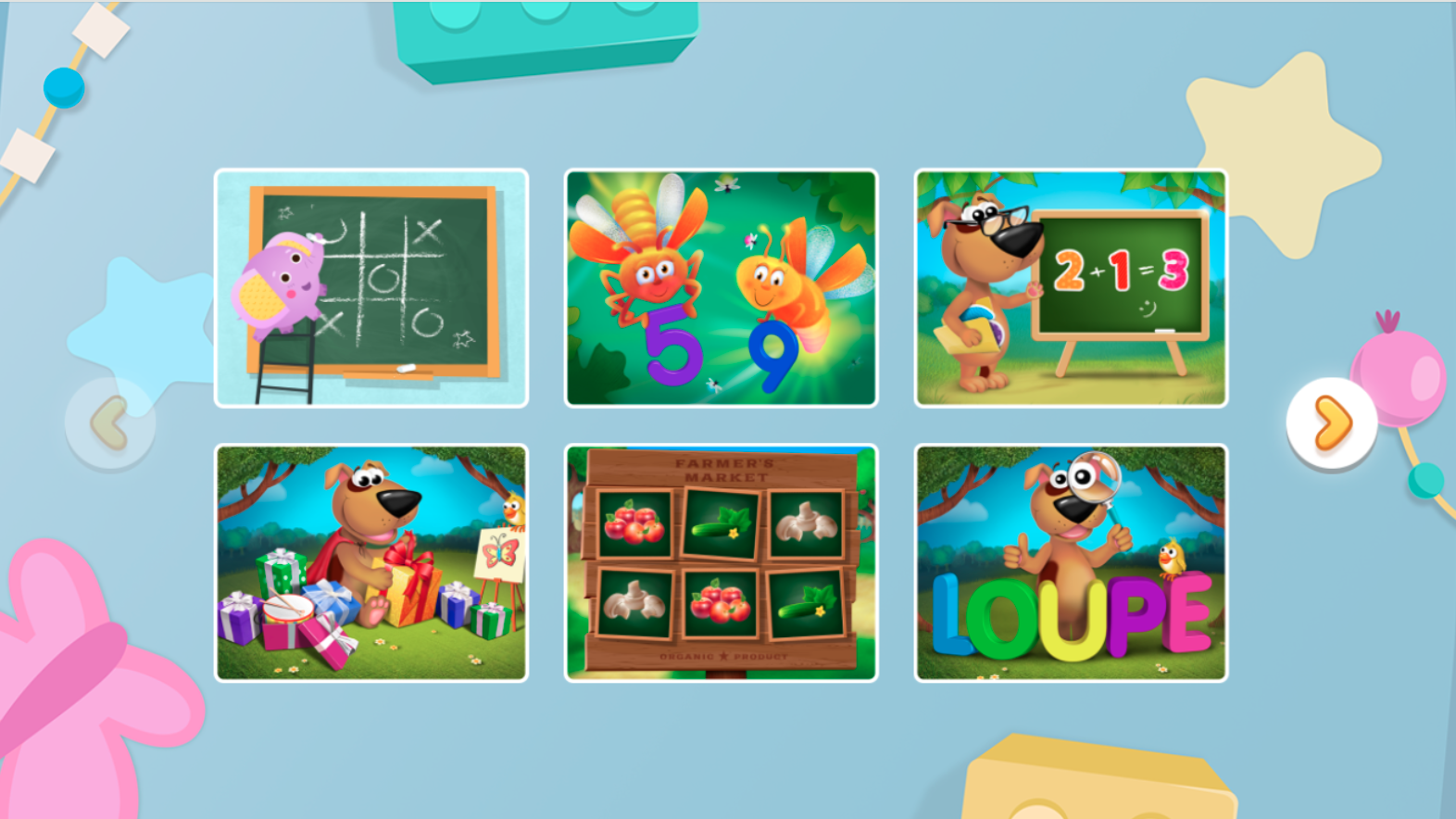Spelling practice Normal Sight Words Worksheets for Ages 8-9
6 filtered results
-
From - To
Discover our engaging “Spelling Practice Normal Sight Words Worksheets” designed specifically for children ages 8-9. These thoughtfully crafted worksheets help young learners master essential sight words, enhancing their reading fluency and spelling skills. Each worksheet is filled with fun activities that reinforce word recognition and spelling through tracing, filling in blanks, and creative writing prompts. Perfect for classroom settings or at-home practice, our resources align with educational standards, ensuring a comprehensive learning experience. Help your child build confidence in their reading abilities while they develop crucial literacy skills through our interactive and enjoyable exercises! Empower their learning journey today!
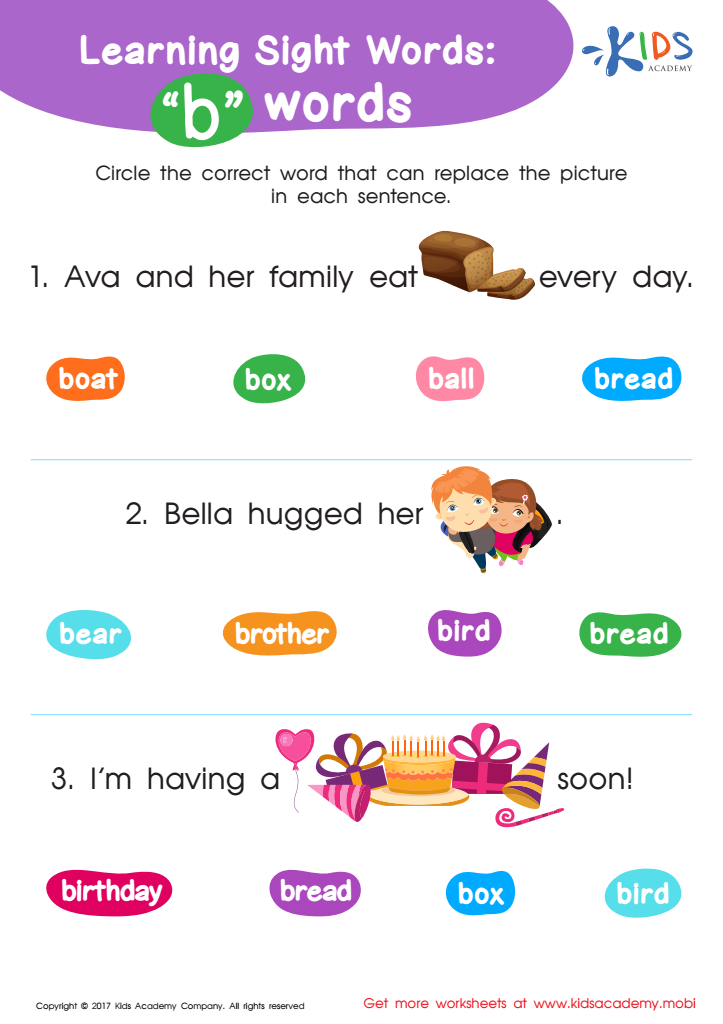

Sight Words Free Worksheet – B Words
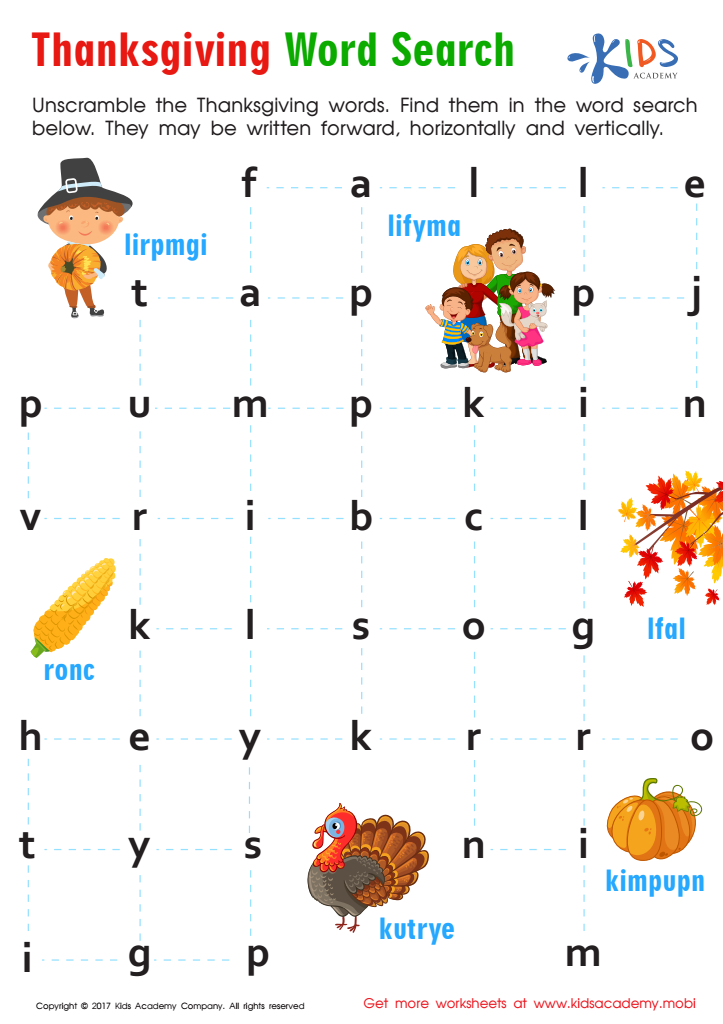

Thanksgiving Word Search Sight Words Worksheet
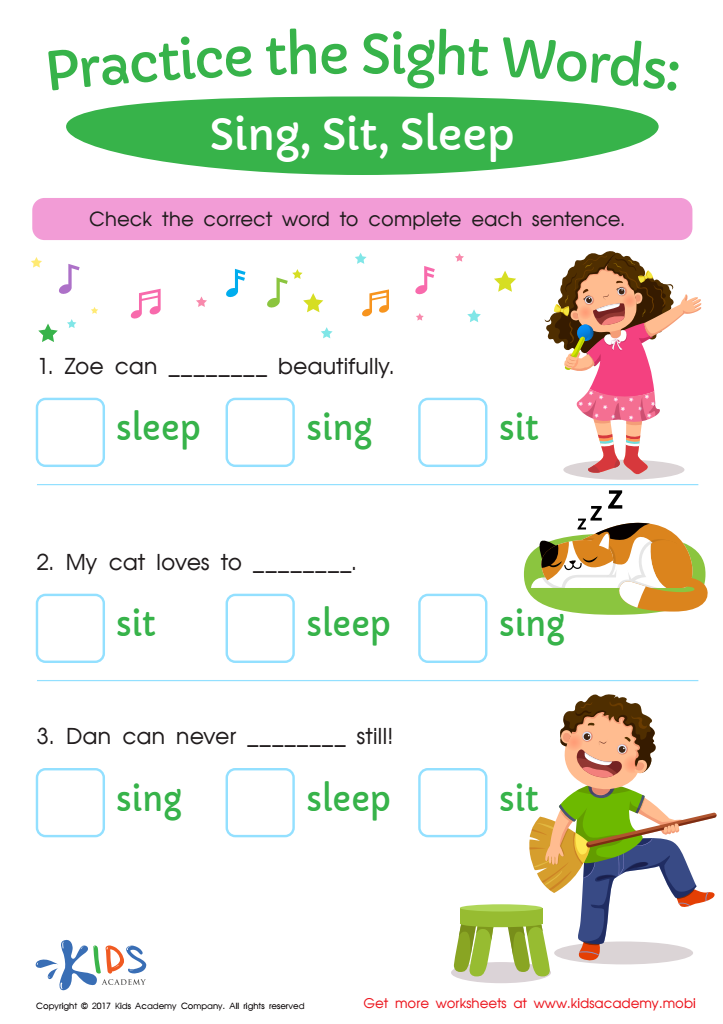

Sing, Sit, Sleep Sight Words Worksheet
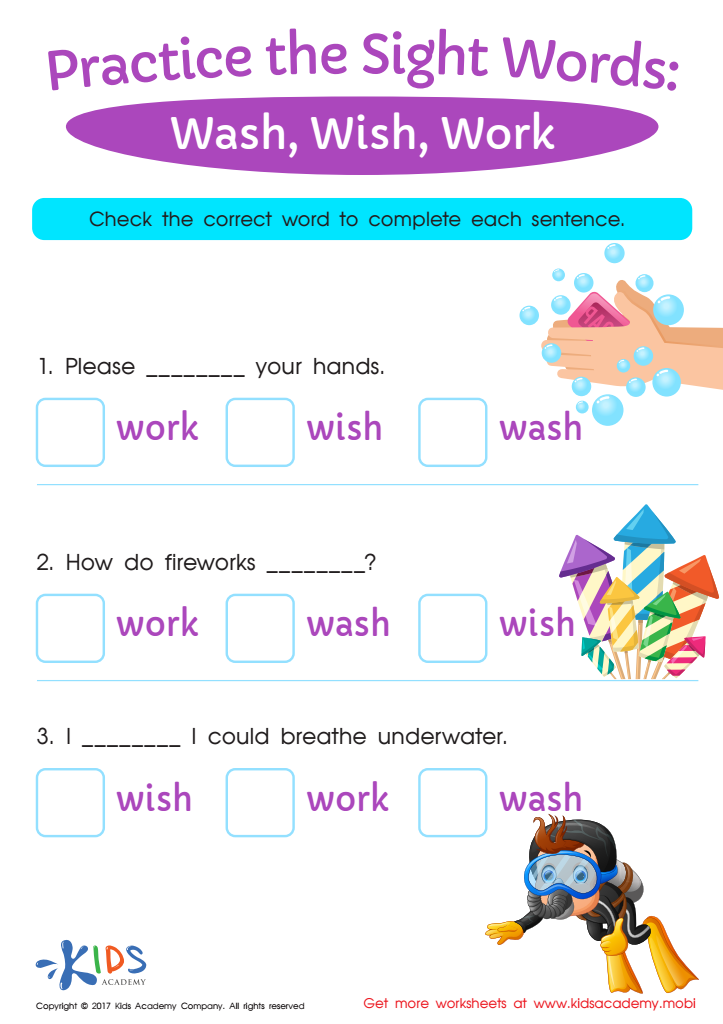

Wash, Wish, Work Sight Words Worksheet
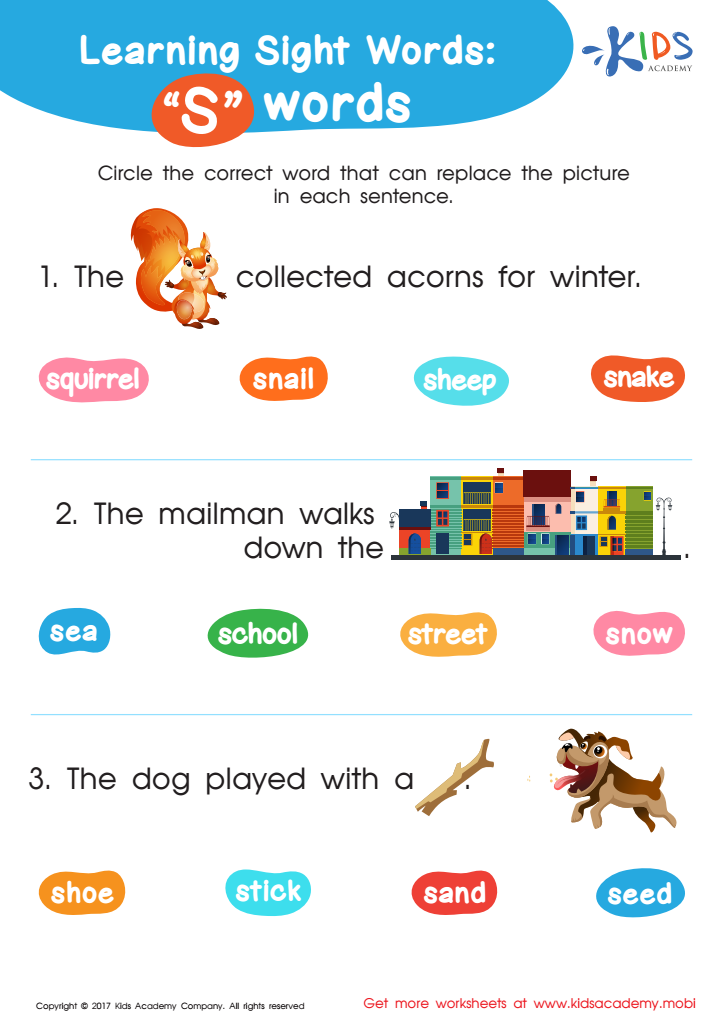

S Words Sight Words Worksheet
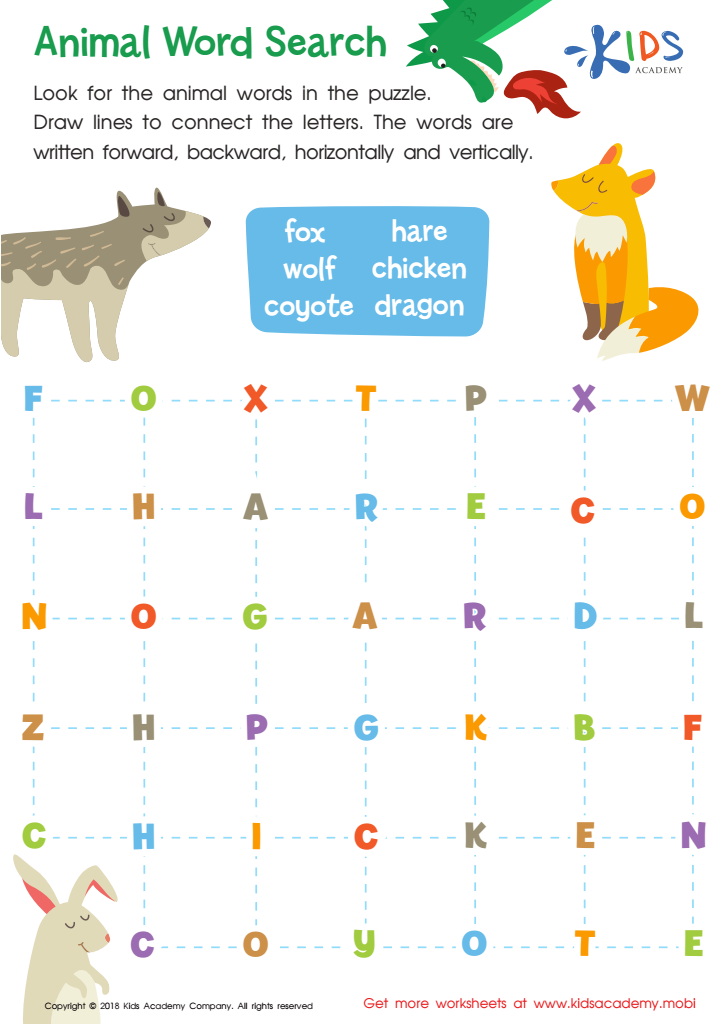

Animal Word Search Worksheet
Spelling practice for normal sight words is crucial for children aged 8-9, as this age is pivotal for their literacy development. Sight words are those that frequently appear in texts, and mastering them enhances a child's reading fluency and comprehension. When children can recognize sight words quickly, they can focus more on understanding the text rather than decoding each word, boosting their confidence and encouraging a lifelong love for reading.
Effective spelling practice can also support vocabulary development. As students learn to spell and recognize sight words, they begin to see patterns in language, which enhances their writing skills and broadens their vocabulary. Furthermore, regular practice helps reinforce memory and cognitive skills, crucial for academic progress in later years.
For parents and teachers, fostering a solid foundation in spelling sight words can lead to improved performance in other subject areas, particularly in writing, where misspellings can impact clarity and coherence. Additionally, children who struggle with sight words may experience frustration, potentially diminishing their enthusiasm for learning. By prioritizing sight word practice, adults can help create a supportive and enriching learning environment that motivates children and sets them up for future academic success.
 Assign to My Students
Assign to My Students







